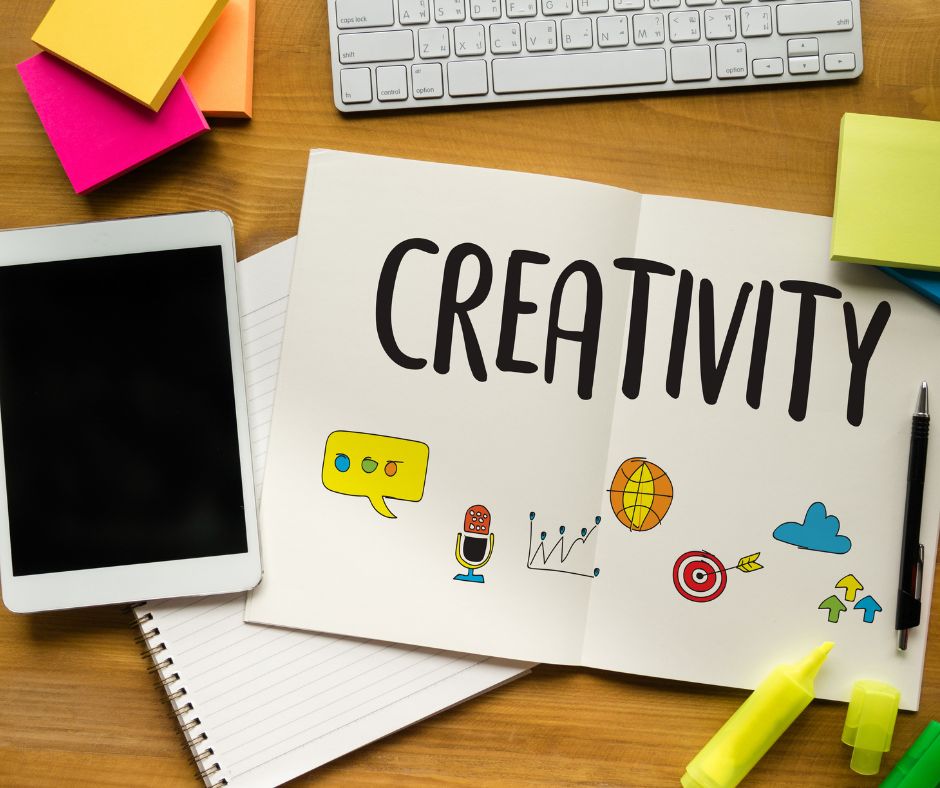
Art and design have always been at the forefront of human expression, pushing the boundaries of creativity and imagination. They are not only mediums for self-expression but also integral aspects of culture and society. In this blog post, we will delve into the profound role of creativity in the world of art, design, and aesthetics, exploring how creative thinking shapes the visual and sensory experiences that surround us.
At its core, creativity in art is about generating original, meaningful, and emotive expressions through various mediums, including painting, sculpture, photography, and digital art. It involves transcending conventional boundaries and challenging established norms to create something fresh and unique.
Breaking Conventions: Creative artists often disrupt traditional norms and conventions, pushing the envelope of what is considered "acceptable" or "normal" in art. This can lead to groundbreaking movements like Impressionism, Cubism, and Surrealism.
Emotional Impact: Creativity in art aims to evoke emotions and provoke thought. It can make us see the world differently, challenge our beliefs, or elicit a visceral emotional response.
In the realm of design, creativity goes beyond aesthetics; it encompasses functionality, user experience, and problem-solving. Designers merge form and function to create products, spaces, and experiences that resonate with people.
User-Centered Design: Creative designers prioritize the needs and experiences of end-users. They create solutions that not only look good but also work seamlessly and efficiently.
Solving Complex Problems: Creativity plays a pivotal role in solving complex design challenges. Whether it's designing a user-friendly app or a sustainable building, innovative thinking is essential.
Aesthetics, a branch of philosophy, explores the nature of beauty and our responses to it. In art and design, aesthetics play a significant role in how we perceive and interpret visual elements.
Visual Storytelling: Creativity is instrumental in visual storytelling. Artists and designers use visual elements to convey narratives, emotions, and messages.
Aesthetic Appeal: Creative choices in color, composition, and style determine the aesthetic appeal of artworks and designs. Aesthetics can captivate viewers and draw them into the intended experience.
Painting and Drawing: Artists use their creativity to explore various techniques, styles, and subjects. From realistic representations to abstract expressions, creativity knows no bounds in the world of visual arts.
Sculpture: Sculptors push the boundaries of form and material to create three-dimensional expressions of creativity, often defying conventional notions of space and structure.
Photography: Photographers use creative composition, lighting, and subject selection to capture moments that resonate emotionally and aesthetically.
Music: Musicians, composers, and songwriters use their creativity to craft melodies and lyrics that connect with listeners on a deep emotional level.
Dance: Dancers and choreographers employ creative movement, rhythm, and storytelling to convey emotions and ideas through physical expression.
Theater: Playwrights, actors, and directors collaborate creatively to bring stories to life on stage, engaging audiences in a live and immersive experience.
Graphic Design: Graphic designers employ creative thinking to craft visual identities, advertisements, and branding that leave a lasting impression.
Interior Design: Interior designers blend aesthetics, functionality, and creativity to create spaces that reflect the personalities and needs of their occupants.
Fashion Design: Fashion designers use their creative flair to design clothing that expresses individuality and reflects societal trends.
Art and design often mirror the cultural, social, and political currents of their time. They have the power to challenge norms, provoke conversations, and inspire change.
Creative thinking in design has led to groundbreaking innovations, from user-friendly technology interfaces to sustainable architectural solutions.
Art and design enhance our daily lives by beautifying our surroundings, making products more user-friendly, and elevating our sensory experiences.
Creativity is the lifeblood of art, design, and aesthetics. It is the driving force behind innovation, self-expression, and cultural evolution. In a world where visual and sensory experiences matter more than ever, the role of creativity in shaping our surroundings cannot be overstated. Whether through paint on canvas, pixels on a screen, or the design of everyday objects, creativity in art and design continues to enrich our lives and challenge our perceptions. It invites us to explore, question, and appreciate the boundless possibilities of human expression.
